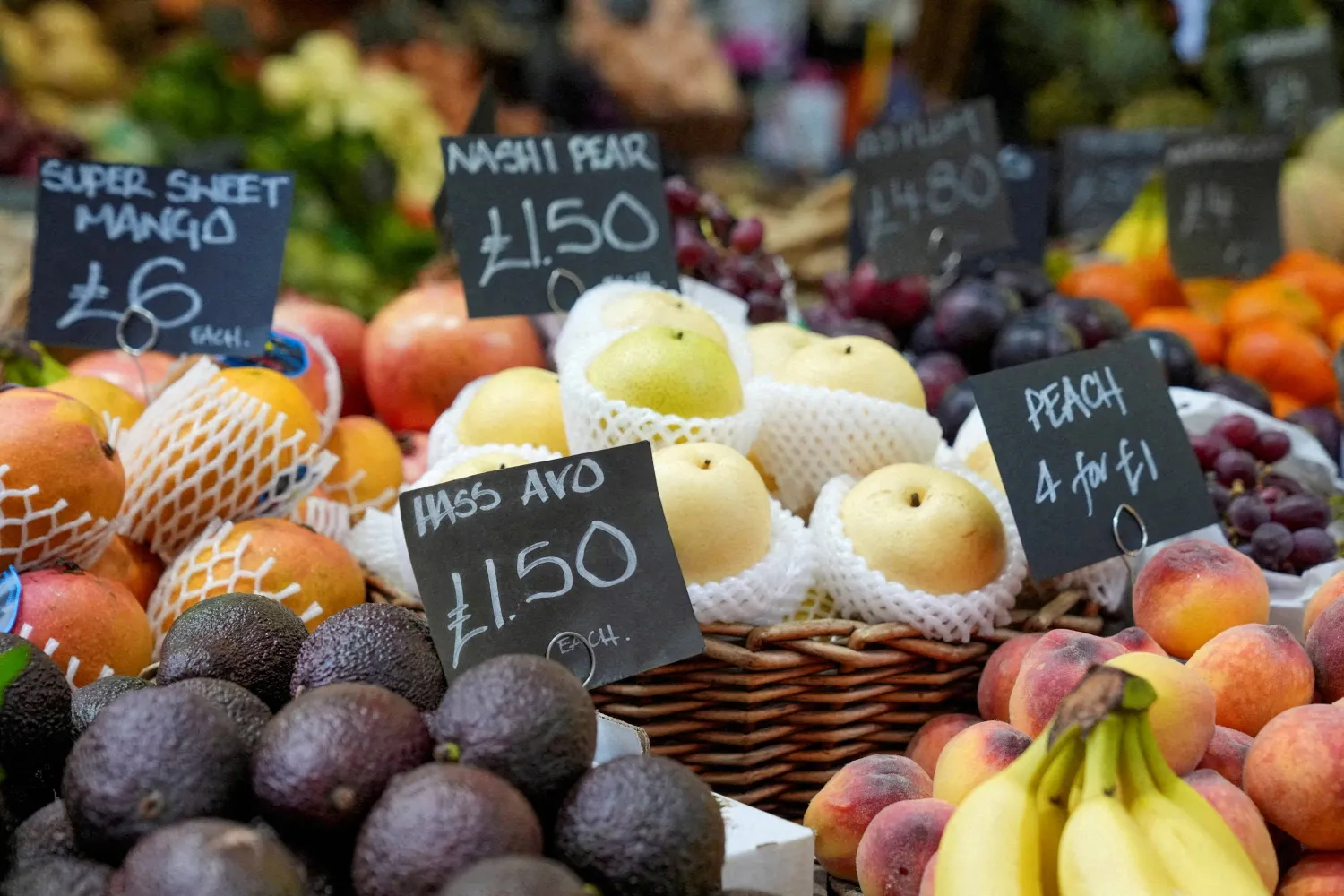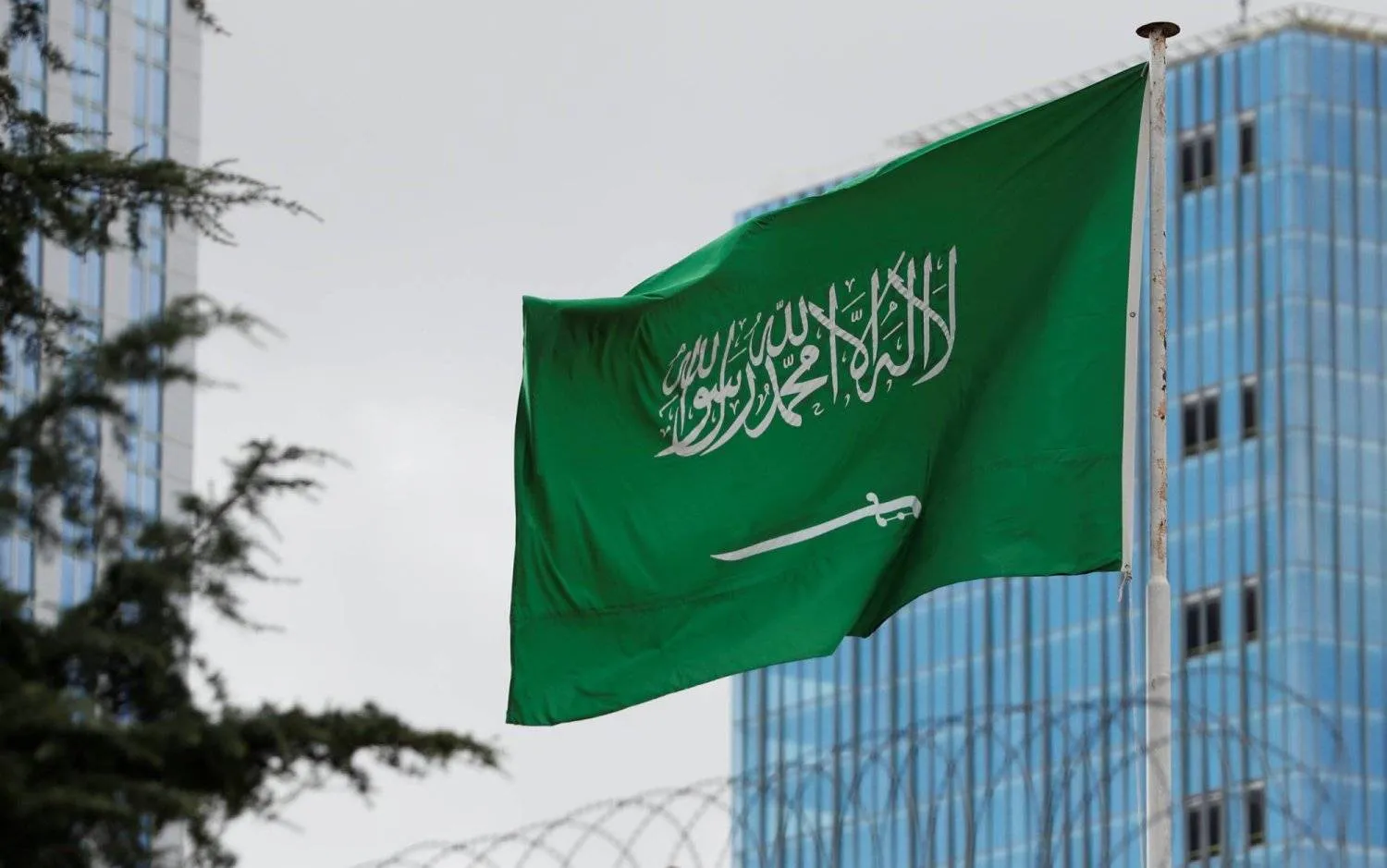Total profit of 100 Saudi firms listed in the local market saw a rise of 2.46 percent compared to the same period of 2017, amounting to $14.5 billion, according to the companies’ financial results for the first half of this year.
The profits were majorly gained from banking and petrochemical industries, as they embrace the largest Saudi companies in terms of capital and revenues. The rest of the companies are expected to announce their results on August 9.
The Saudi Stock Market closed this week 1.36 percent down, at 8,254 points, compared to last week's results at 8368 points.
Last week’s total tradings increased significantly, reaching up to $4.9 billion, compared to $4.2 billion in the previous week.
Saudi Ministry of Commerce and Investment revealed in its recent statements that the level of profitability of the private sector is an important indicator that will boost confidence levels and increase investments in the country.
The positive figures announced by the Saudi Ministry come in line with recent figures published by Saudi companies listed in the local financial market. The numbers showed positive growth rates in listed companies during the first half of this year, compared to the profit levels of 2017.
The Ministry confirmed last week that companies and institutions operating in the Saudi market showed a 5.6 percent growth in profits during 2017 and a 1.7 percent revenue growth during the same year when compared with 2016.
Recent statistics of Qawaem, the electronic filing program of financial lists, showed that profit had been achieved in listed and non-listed companies and institutions of various sectors.
The report identified the sectors that saw the highest growth levels during 2017: management consultancy, machinery and equipment manufacturing, mining and recycling, natural gas, financial advisory, training, education, administrative facilities, maintenance and hygiene, agricultural activities and stores of pharmaceutical and medical supplies.
The Saudi economy, the largest in the Middle East, achieved a positive growth in the first quarter of this year, at 1.2 percent, a sign on the feasibility of economic reforms that are aimed at diversifying the economy and reducing oil dependency.
Saudi GDP rose 1.2 percent at the end of the first quarter to reach $172.7 billion compared to $170.7 billion during the same period last year, General Authority for Statistics (GAStat) data showed.
Non-oil GDP increased 1.6 percent by the end of the first quarter of this year, while non-oil governmental sector showed a 2.7 percent increase during same period.
GDP of the oil sector rose 0.6 percent to $72.8 billion compared to $72.4 billion of the first quarter of previous year.









